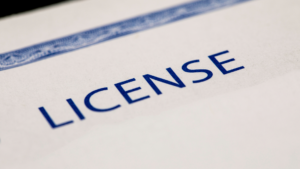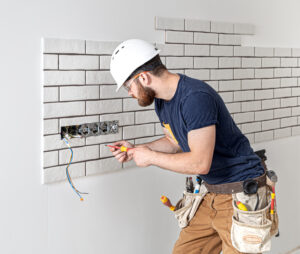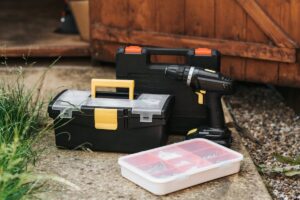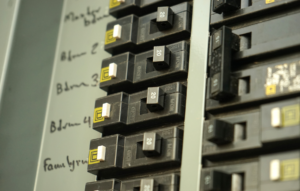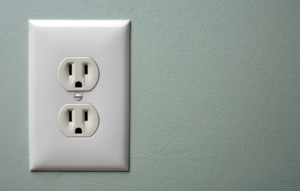Electricity powers our daily lives, from light bulbs to our favorite gadgets. But how well do we understand the electrical systems behind it all? This beginner’s guide will walk you through the basics of your home’s electrical system, making you more informed and safety-conscious.
What is an Electrical System?
Your home’s electrical system is a complex network that delivers electrical power from the utility company to your home. It’s designed to provide electricity safely and efficiently to various outlets, appliances, and fixtures.
Main Components of Your Home’s Electrical System
- Service Entrance: This is where electricity enters your home from the utility company. It includes the meter, which measures your electricity usage, and the service head, a point of connection for overhead wires.
- Electrical Panel: Often known as the breaker box, the electrical panel divides electrical power into subsidiary circuits while providing a protective fuse or circuit breaker for each circuit in your home. It’s the control center for your home’s electricity, allowing you to cut off power when needed.
- Circuits and Wires: Your home is divided into multiple circuits, each designed to carry electricity to specific areas or appliances. Each circuit consists of wires that carry power and a protective device (fuse or circuit breaker) to prevent overloads.
- Outlets and Switches: Outlets provide a point where electrical appliances can connect to the power source, while switches allow you to control the flow of electricity to lights and other devices.
- Grounding System: A grounding system is a safety feature that directs electrical current away from your home in case of a short circuit, helping to prevent electrical shock or fire.
Electrical Safety Tips
Understanding your electrical system is the first step toward ensuring your home’s safety. Here are a few tips to keep in mind:
- Regular Inspections: Have a licensed electrician inspect your electrical system periodically to ensure it’s safe and up to code.
- Know Your Breaker Box: Familiarize yourself with the circuit breaker panel to quickly turn off power in an emergency.
- Avoid Overloading Circuits: Don’t plug too many devices into a single outlet or circuit to prevent overloads.
- Safe Usage of Appliances: Always follow manufacturer instructions for installing and using electrical appliances safely.
- Use Ground Fault Circuit Interrupters (GFCIs): Install GFCIs in areas prone to moisture, like bathrooms and kitchens, to protect against electrical shock.
Wrapping Up
Understanding the basics of your home’s electrical system is essential for maintaining a safe and efficiently powered home. While this guide covers the fundamentals, always consult with a professional electrician for repairs, modifications, or when you encounter problems beyond basic troubleshooting.
Remember, electricity is a powerful and essential part of our lives, but it must be handled with respect and knowledge. Stay safe, informed, and don’t hesitate to reach out to professionals when in doubt.


